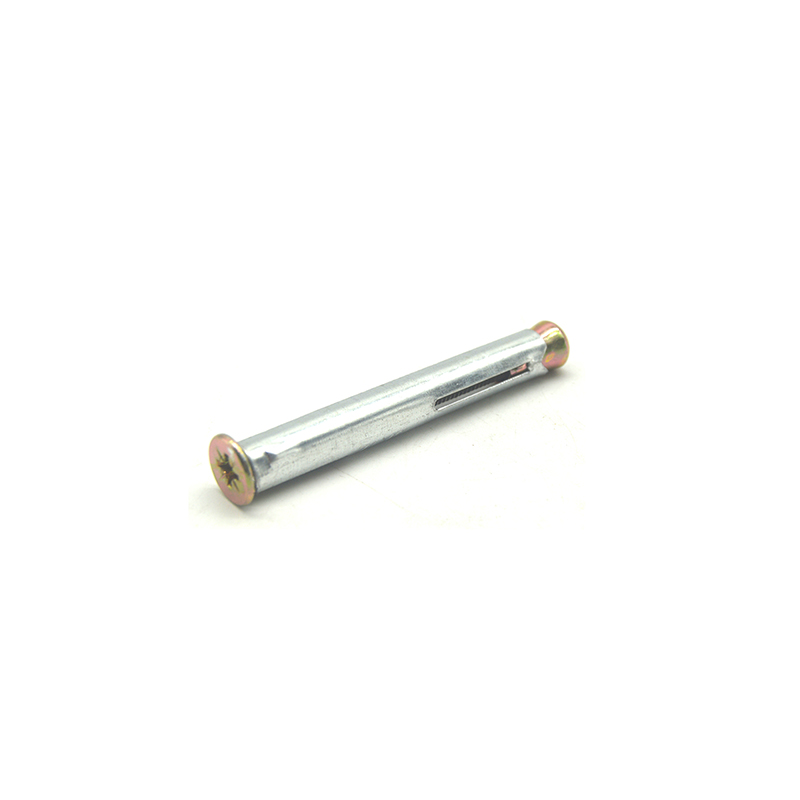- English
- Chinese
- French
- German
- Portuguese
- Spanish
- Russian
- Japanese
- Korean
- Arabic
- Irish
- Greek
- Turkish
- Italian
- Danish
- Romanian
- Indonesian
- Czech
- Afrikaans
- Swedish
- Polish
- Basque
- Catalan
- Esperanto
- Hindi
- Lao
- Albanian
- Amharic
- Armenian
- Azerbaijani
- Belarusian
- Bengali
- Bosnian
- Bulgarian
- Cebuano
- Chichewa
- Corsican
- Croatian
- Dutch
- Estonian
- Filipino
- Finnish
- Frisian
- Galician
- Georgian
- Gujarati
- Haitian
- Hausa
- Hawaiian
- Hebrew
- Hmong
- Hungarian
- Icelandic
- Igbo
- Javanese
- Kannada
- Kazakh
- Khmer
- Kurdish
- Kyrgyz
- Latin
- Latvian
- Lithuanian
- Luxembou..
- Macedonian
- Malagasy
- Malay
- Malayalam
- Maltese
- Maori
- Marathi
- Mongolian
- Burmese
- Norwegian
- Pashto
- Persian
- Punjabi
- Serbian
- Sesotho
- Sinhala
- Slovak
- Slovenian
- Somali
- Samoan
- Scots Gaelic
- Shona
- Sindhi
- Sundanese
- Swahili
- Tajik
- Tamil
- Telugu
- Thai
- Ukrainian
- Urdu
- Uzbek
- Vietnamese
- Welsh
- Xhosa
- Yiddish
- Yoruba
- Zulu
- Kinyarwanda
- Tatar
- Oriya
- Turkmen
- Uyghur

1.5 सेल्फ ट्यापिङ स्क्रू
१.५ सेल्फ ट्यापिङ स्क्रूको प्रयोग बुझ्दै
फास्टनरहरूको संसारमा, 1.5 सेल्फ ट्यापिङ स्क्रूले एक विशिष्ट बहुमुखी स्थिति राख्छ। चाहे तपाईं धातु, प्लास्टिक, वा काठसँग काम गर्दै हुनुहुन्छ, यी पेंचहरूले आफ्नै बाटो बनाउन सक्छन्, तिनीहरू जाने क्रममा धागोहरू काट्न सक्छन्। तर तिनीहरू जस्तो देखिन्छ जस्तो सीधा छैनन्। सामान्य गल्तीहरूबाट बच्न तिनीहरूको अनुप्रयोगहरूमा ध्यान दिऔं।
के 1.5 सेल्फ ट्यापिंग स्क्रू विशेष बनाउँछ?
१.५ सेल्फ ट्यापिङ स्क्रूसँग काम गर्दा पार्ट स्क्रू, पार्ट ड्रिल बिट भएको उपकरण चलाउने जस्तो महसुस हुन सक्छ। यी स्क्रूहरूको सुन्दरता सामग्रीमा आफ्नै थ्रेडहरू सिर्जना गर्ने क्षमतामा छ। यसले तिनीहरूलाई कुशल बन्धन समाधान मात्र बनाउँदैन, तर यसले थप उपकरणहरूको आवश्यकतालाई पनि कम गर्दछ।
यद्यपि, परिशुद्धता महत्त्वपूर्ण छ। Misalignment वा अत्यधिक बलले भौतिक क्षति निम्त्याउन सक्छ। यो केवल सैद्धान्तिक समस्या होइन; यो मैले प्रत्यक्ष देखेको कुरा हो। एक ग्राहकले एक पटक स्ट्रिप गरिएको प्वालहरूसँग संघर्ष गरे किनभने तिनीहरूले स्क्रूको काट्ने शक्तिलाई कम आँकलन गरे।
संक्षेपमा, सही पेंचको आकार र सामग्री अनुकूलता छनौट गर्नु महत्त्वपूर्ण छ। आफ्नो गुणस्तरका लागि प्रख्यात Handan Shengtong Fastener Manufacturing Co., Ltd. का स्क्रूहरूले फरक पार्न सक्छन्। तिनीहरूको वेबसाइट, Shengtong फास्टनर, विभिन्न आवश्यकताहरू अनुरूप व्यापक विकल्पहरू प्रदान गर्दछ।
सामग्री विचारहरू
1.5 सेल्फ ट्यापिङ स्क्रूलाई एक-साइज-फिट-सबै समाधानको रूपमा सोच्न प्रलोभन छ, तर प्रत्येक सामग्रीले अद्वितीय चुनौतीहरू खडा गर्दछ। उदाहरणका लागि, धातुसँग काम गर्दा, स्क्रूलाई लुब्रिकेट गर्नाले घुसाउन सजिलो हुन्छ र ओभरहेटिंग रोक्न सक्छ—एक चाल जुन मैले स्टेनलेस स्टीलको साथ निराशाजनक सत्र पछि सिकें।
अर्कोतर्फ, प्लास्टिकलाई हल्का स्पर्श चाहिन्छ। ट्रिक भनेको अत्याधिक कसाइ बिना स्थिर दबाब कायम राख्नु हो, जसले क्र्याक हुन सक्छ। एक सहकर्मीले एक पटक साझा गरे कि उनीहरूले कसरी विस्तारको लागि कोठा अनुमति दिन थोरै ठूला ड्रिल प्वालहरू प्रयोग गरेर प्लास्टिकको एसेम्बलीलाई सुदृढ बनाए।
अन्तमा, काठको साथ, पायलट प्वालहरू प्रायः बहस गरिन्छ। जबकि शुद्धवादीहरूले तिनीहरूलाई छोड्न सक्छन्, मैले फेला पारेको छु कि तिनीहरू विभाजित हुनबाट रोक्छन् र बलियो होल्ड सुनिश्चित गर्छन्, विशेष गरी कडा काठहरूमा। यो सामग्री जान्न र यसलाई सही स्क्रू गतिशीलतासँग मिलाउने बारे हो।
पूर्व परीक्षण को महत्व
अब, यो आधारभूत लाग्न सक्छ, तर 1.5 सेल्फ ट्यापिङ स्क्रूको साथ पूर्व-परीक्षणले समय र स्रोतहरू बचत गर्छ। सानो मापन परीक्षणहरूले परियोजनामा पूर्ण रूपमा प्रतिबद्ध हुनु अघि सम्भावित समस्याहरू पहिचान गर्न मद्दत गर्दछ। स्थानीय सामुदायिक केन्द्रमा ठूलो मात्रामा स्थापना गर्दा सिकेको पाठ।
प्रारम्भिक परीक्षणहरू सञ्चालन गरेर, तपाइँ विशेष सामग्री अनुसार ड्राइभिङ गति र दबाब समायोजन गर्न सक्नुहुन्छ। यो दूरदर्शिताले स्न्यापिङ वा मिसलाइनमेन्ट जस्ता समस्याहरूलाई पूर्वनिर्धारित रूपमा समाधान गर्न सक्छ।
यसबाहेक, यी परीक्षणहरूले विभिन्न स्क्रू सामग्री र कोटिंग्सको मूल्याङ्कन गर्न अनुमति दिन्छ। उदाहरण को लागी, कोटिंग्स जसले जंग प्रतिरोध प्रदान गर्दछ बाहिरी वा उच्च आर्द्र वातावरण को लागी महत्वपूर्ण छ।
दायाँ स्क्रू प्रकार चयन गर्दै
सबै होइन 1.5 सेल्फ ट्यापिङ स्क्रू समान रूपमा सिर्जना गरिन्छ। हेड शैलीहरू, ड्राइभ प्रकारहरू, र सामग्रीहरूमा भिन्नताहरू अवस्थित छन्। यी प्रत्येक छनौटले प्रदर्शनलाई असर गर्छ। प्यान हेडहरूले कम प्रोफाइल प्रस्ताव गर्छन्, जबकि काउन्टरसङ्क हेडहरू फ्लश बस्छन्, प्रत्येक फरक परिदृश्यहरूको लागि आदर्श। यस निर्णयले दृश्यात्मक परियोजनाहरूमा सौंदर्यशास्त्र र कार्यक्षमतालाई असर गर्न सक्छ।
मलाई एउटा प्रोजेक्ट याद छ जहाँ फ्लस काउन्टरसङ्क हेडहरूले न केवल एक सहज फिनिश प्रदान गर्यो तर राम्रो लोड वितरण पनि प्रदान गर्यो, जसले विधानसभाको समग्र शक्ति बढायो। यो धेरै ढिलो नभएसम्म अक्सर बेवास्ता गर्ने चीज हो।
ड्राइभ प्रकार पनि विचार गर्नुहोस्। Phillips, slotted, र Torx प्रत्येकसँग आवश्यक टोक़ र उपलब्ध उपकरणहरूमा निर्भर गर्दै तिनीहरूको फाइदा र बेफाइदाहरू छन्। गलत छनोटले स्लिप र क्षतिग्रस्त फास्टनरहरू निम्त्याउन सक्छ।
सामान्य गल्तीहरू र तिनीहरूलाई कसरी जोगिने
अभ्यासमा, एउटा सामान्य गल्ती ओभर-टर्किङ हो, जसले थ्रेडहरू फ्याँक्न सक्छ। एक टोक़-नियन्त्रित चालक एक सजिलो लगानी हुन सक्छ। व्यक्तिगत रूपमा, यी यन्त्रहरूमा स्विच गर्दा मेरो त्रुटि दर उल्लेखनीय रूपमा घट्यो।
अर्को मुद्दा गलत पेंच लम्बाइ चयन छ। धेरै छोटो, र पकड अपर्याप्त छ; धेरै लामो, र यसले अर्को तर्फबाट पोकिंग जोखिममा पार्छ। सामाग्री को मोटाई विरुद्ध दोहोरो-जाँच मापन आवश्यक छ।
अन्तमा, गुणस्तरलाई बेवास्ता नगर्नुहोस्। निम्न स्क्रूहरूले खराब प्रदर्शन र सम्भावित परियोजना विफलताहरूको परिणाम दिन्छ। Handan Shengtong Fastener Manufacturing Co., Ltd जस्ता प्रतिष्ठित निर्माताहरूले भरपर्दो उत्पादनहरू उपलब्ध गराउँछन्। गुणस्तरमा लगानी गर्दा दीर्घकालीन फाइदा हुन्छ।
सम्बन्धित उत्पादनहरु
सम्बन्धित उत्पादनहरू





















